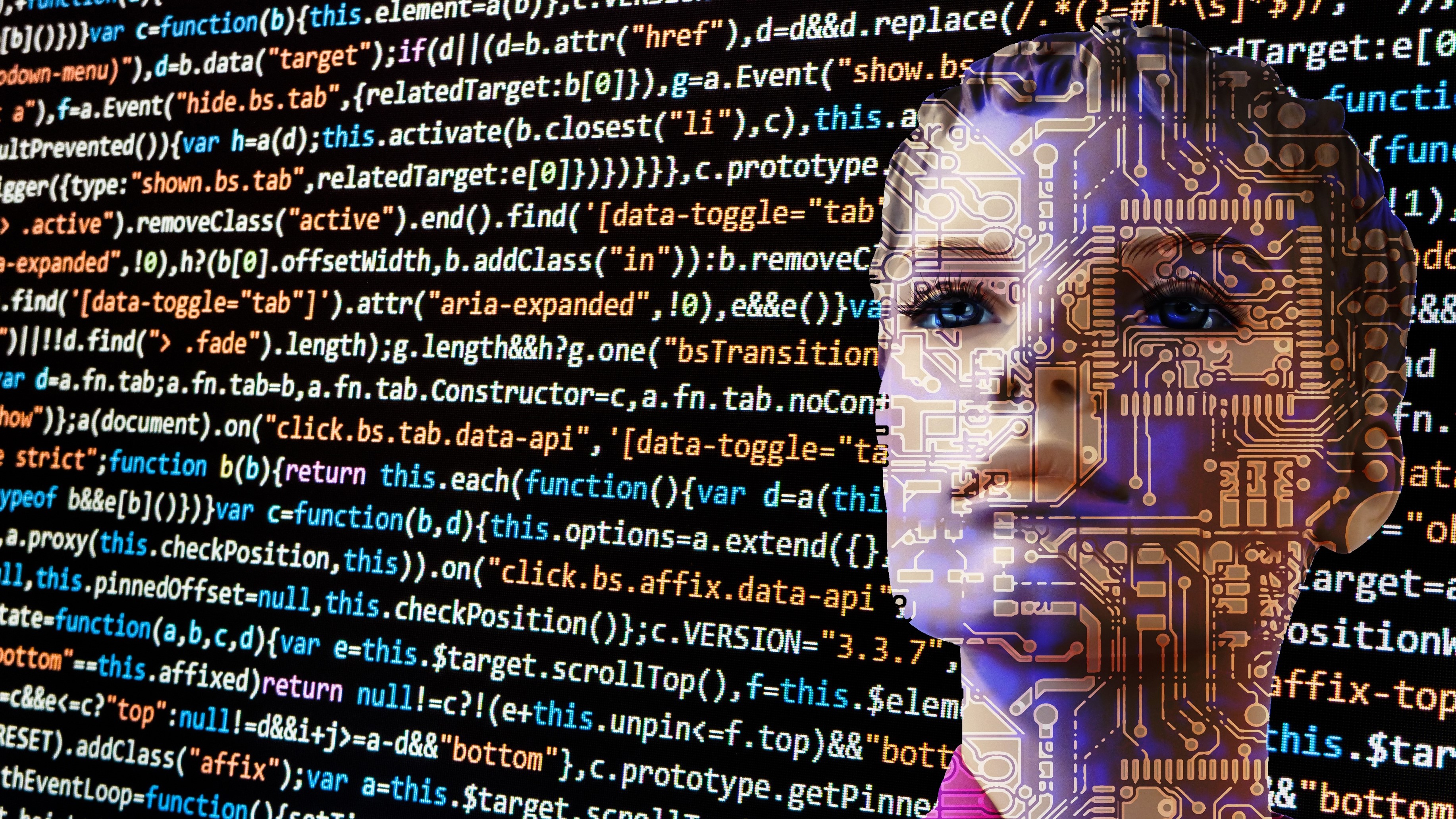AI tastebuds are better at identifying what's in food than you
The real future of flavor?

Picking out individual ingredients from a dish can be a fun, if difficult, part of a meal. Professional chefs and food scientists can spend years refining their palettes. Now, a robot may be able to join in the activity thanks to the researchers behind a robotic taster that combines AI and an electronic tongue capable of detecting tiny differences in flavor.
The Penn State research team has published a paper detailing how the AI 'brain' uses the artificial tongue to detect how much water is in a cup of milk, the mix of beans in a coffee blend, and even incipient rot in fruit juice that would be impossible for a human to spot.
Electronics to identify components in a mixture isn't a new idea. That's how machines can measure things like acidity and temperature. But, what the researchers have done goes beyond that by using AI to mimic the way your tongue, nose, and brain interpret the taste of things beyond a simple detection of pH balance. Using the advanced sensors known as ISFET (graphene-based ion-sensitive field-effect transistor), the electronic tongue can measure a lot of complex chemicals at the same time instead of needing multiple kinds of sensors like a thermometer and pH testing stick.
The sensors produce a huge amount of data, which standard computer processors might take a while to sort out, and the analysis wouldn't tell you much about how watered down the milk is or how freshly squeezed your orange juice is. Instead, the researchers used AI in the form of a neural network that can mimic some of how humans process taste.
Flavor AI
After teaching the AI how different chemicals affect the electronic tongue's sensors, the neural network could accurately identify different types of soda and the freshness of juice more than 80% of the time. That was just the beginning, however. When the scientists took the metaphorical leash off the AI and let it come up with its own way of analyzing the data, the AI's accuracy shot up to 95%, barely ever getting a wrong answer.
The combination of measuring subtle aspects of food plus using AI to judge what they mean is an impressive simulation of how humans taste things. It can also do so when a difference is too subtle for human perception, like if milk isn't bad yet but will be soon.
Food tests for purity and freshness are only some of what an accurate AI tongue could do for people. Taste is, at its most basic level, a way of identifying chemicals. That means the AI taster could help in more than just the kitchen. It could theoretically help in industrial factories or in medical diagnostics, spotting biomarkers of disease or changes in your health. These concepts are still in the early discussion phase, but the electronic tongue may be a taste of the future.
Get daily insight, inspiration and deals in your inbox
Sign up for breaking news, reviews, opinion, top tech deals, and more.
You might also like
- Hands-on with Google's Project Astra, the AI that knows where you left your keys
- Forget self-driving cars, the robot can get in and drive for you – if it can overcome some major limitations
- And that’s how it all started: AI managed to design a robot that walks — from scratch, and in less than 60 seconds

Eric Hal Schwartz is a freelance writer for TechRadar with more than 15 years of experience covering the intersection of the world and technology. For the last five years, he served as head writer for Voicebot.ai and was on the leading edge of reporting on generative AI and large language models. He's since become an expert on the products of generative AI models, such as OpenAI’s ChatGPT, Anthropic’s Claude, Google Gemini, and every other synthetic media tool. His experience runs the gamut of media, including print, digital, broadcast, and live events. Now, he's continuing to tell the stories people want and need to hear about the rapidly evolving AI space and its impact on their lives. Eric is based in New York City.